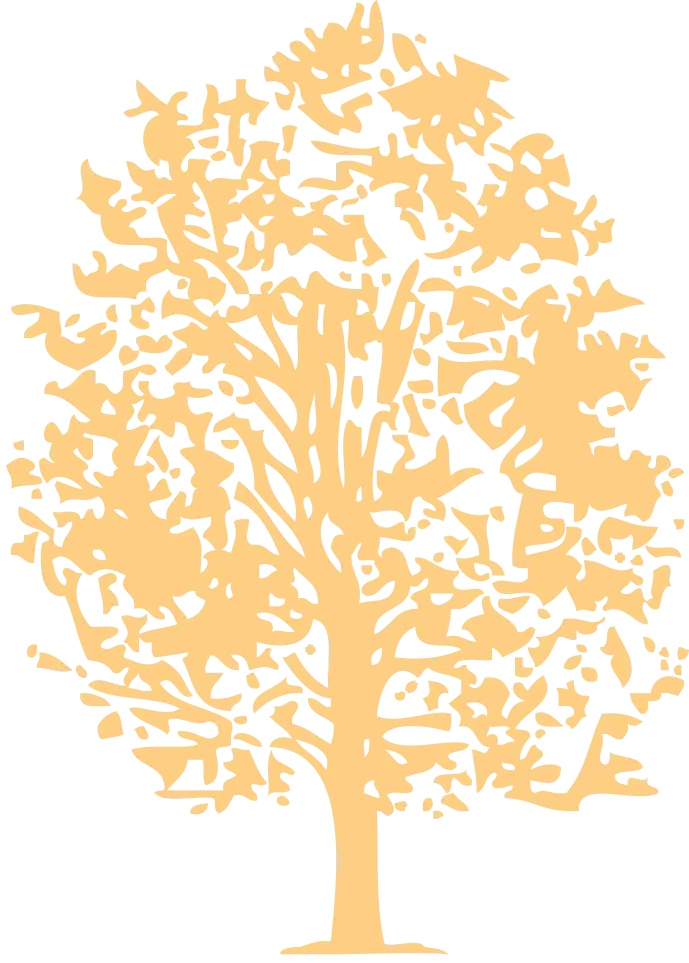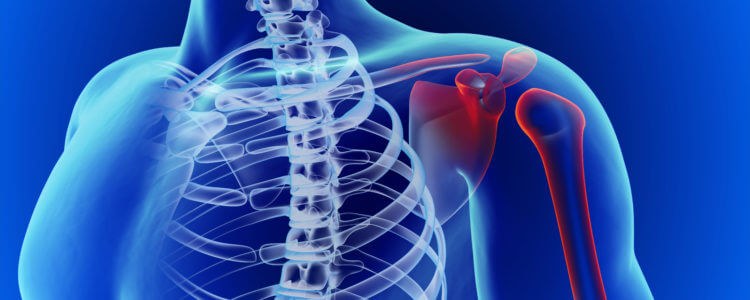
Reverse Shoulder Replacement Surgery
July 10, 2020
Sleep Apnea Can Affect Your Heart
September 15, 2020The Motions of the Shoulder Joint
The shoulder joint is comprised of three bones – the humerus, clavicle, and scapula.
While the acromioclavicular joint (AC) is known as the meeting point of the acromion and clavicle, the the meeting of the humerus and scapula is what’s known to many as the shoulder joint. The shoulder joint is known as a ball and socket joint allowing for a great deal of motion in the area. However, this shallow socket and significant motion provides one major disadvantage – greater chance of injury.
The glenohumeral joint is known to be the most mobile in the human body. Let’s talk more about these movements of the shoulder joint.
Flexion/extension
Generally, flexion is defined as the angle produced when the distance between two body parts is decreased. Shoulder flexion is referred to as the position you create when you move your arms, from a resting position on your side, towards your head. Shoulder extension, on the other hand, refers to the position you make when you move your arm and stick them out on your back. The muscles affected by these movements are the coracobrachialis, pectoralis major, and the anterior deltoid.
Shoulder flexion and extension are very useful when you need reach for an object above your head or on the ground. When you ride the bus or express train, you can extend your arms and grab the train grab handle to keep yourself safe.
Abduction/Adduction

Shoulder abduction happens when you move your arms away from your waist or the middle of your body. The moment you raise your arm from the side, that’s considered as an abduction of the shoulder. This movement’s normal range is somewhere within 150 degrees, starting from your palms at your side, slowly moving your hand towards your head in a straight formation.
On the other hand, shoulder adduction happens as you move your arms towards the center of your body. Hugging yourself is an example of shoulder adduction. The normal range for this shoulder movement is within 30 to 50 degrees, depending on your body composition and flexibility. If you have a muscular biceps or chest, except that it’ll be challenging to move both of your arms inward.
These shoulder motions are very useful when you need to protect yourself from strong impact. You can hug yourself when you see something that might hit your chest. Shoulder abduction, specifically, is useful in protecting your head in case of imminent danger.
Internal/External rotation
If you’re wondering how internal shoulder rotation looks like, imagine that you’re a cabinet and that your arms are the doors to this cabinet. Now, shut the door. Shutting the door, or bringing your arms towards your chest, while bending your elbows at 90-degrees, is considered medial rotation or internal rotation. The normal range for this shoulder motion is within 70 to 90 degrees.
The opposite of internal rotation is external rotation, and this happens when you swing or move your forearms away from your body. The normal motion range for lateral rotation is 90 degrees.
Both of these shoulder motions are very useful in keeping your shoulders flexible. When you need to release the stiffness of your shoulder or back muscles, these motions can help you achieve that purpose.
Circumduction
As the term suggests, this shoulder motion is characterized by a movement of the body in a circular motion. An end of the body is kept at a relatively stationary position as the other end moves like a circle. This movement refers to the sequential combination of abduction, extension, adduction, and flexion. Same with shoulder rotation, this motion can help keep the moving part of the body flexible and free from stiffness.
If you’ve been experiencing any difficulty in moving your shoulder joints, it’s time to talk to a chiropractor. Your friendly neighborhood chiropractor will help you identify the root cause of your shoulder joint problem and troubleshoot. Call us today, and let’s keep your bones and joints healthy and flexible.
Sources:


